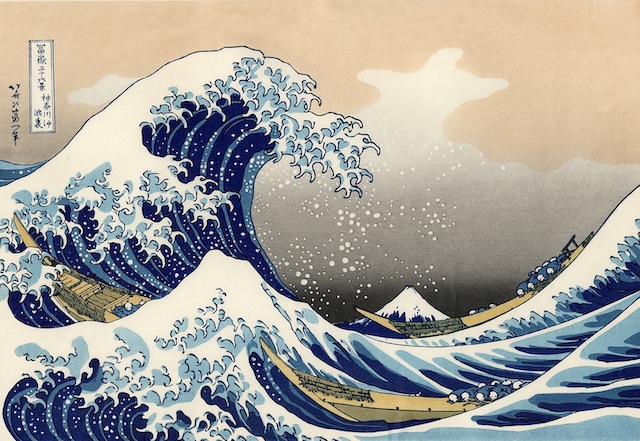There is an eerie sense of safety here and one wonders why Japan is an outlier given that it has the world’s largest older population, densely populated and crowded cities, a very high smoking rate, and massive Chinese tourism––all factors attributed to COVID-19 vulnerability. The schools were closed and many events canceled, but with no quarantine or enforced closures, much of Japan continues as normal compared to what is happening in the United States.
Three theories are prevalent––conspiracy, good fortune or effective government policies.
The conspiracy theory is rooted in Japan’s restricted testing and consequent low number of reported cases. Many in Japan and in other countries attribute this to a government effort to protect the 2020 Tokyo Olympics by downplaying the extent of the COVID-19 infection particularly after the highly criticized handling of cruise ship incident. While there may be some truth to this thought it is very unlikely that it was an organized conspiracy. The Japanese medical community has been quite outspoken and critical of lax government policies.
The good fortune theory is based on cultural conditions such as relatively less social intimacy (e.g., bowing instead of shaking hands), a wide and accepted use of masks when feeling sick, an existing high rate of isolation among the elderly, and the obedient voluntary observance of a government requested two-week containment period of self-isolation and social distancing. All true but IF Japan has indeed dodged a bullet, the element of luck alone may be a greater factor than cultural behavior.
The efficacy theory supports the government’s restricted testing policy and intense efforts focused on identified infection “clusters.” So far it appears to be working but experts here and around the world question if the policy is sufficient and will continue to be effective with the two-week containment period ending.
Some of those experts predict that Japan has not yet seen the worst of COVID-19.
Indeed, along with the start of the new school year in April, they point to the start of hanami (cherry blossom viewing) season that includes large picnics and parties in Tokyo’s beautiful parks as a critical event. Early evidence strongly suggests that Tokyoites will abandon self-restraint. The Japanese love to party and the experts wonder if this may be a catalyst that brings Japan to a tipping point.
Monthly Archives: March 2020
An Uplifting Story ––

A face mask made by Atsumi Fashion Co., a sewing company based in Toyama Prefecture, uses repurposed women’s underwear. | ATSUMI FASHION CO
Among the many wonders of life in Japan, the following headline and story appeared in this morning’s Japan Times:
As Mask Supplies Dwindle, Japanese Bra Maker Offers Support Where It’s Most Needed
As the coronavirus pandemic continues, one company is taking a unique approach to easing the shortage of masks in Japan.
Atsumi Fashion Co., a sewing company based in Toyama Prefecture, is producing masks by repurposing women’s underwear. The company began utilizing the cloth lining from bras after an employee realized similar materials were being used in disposable masks.
“We hope we can contribute to society as the mask shortage continues,” said Hiroshi Hinata, the company’s sales manager. “Even these masks can prevent the virus from spreading to others through coughing or sneezing.”
Employees are making masks after working hours at the company’s factory in Himi. They tried to devise new methods after the city called on local businesses to help provide masks for workers at City Hall, which only had 600 left.
Atsumi Fashion plans to make 1,000 masks for the city and distribute them to medical and educational institutions, prioritizing those in greatest need.
Other firms have also shifted resources toward mask-making.
In February, Sharp Corp. announced it would be making 1,500 masks a day by the middle of this month. Earlier, a chipmaker in Kanagawa Prefecture began using its “clean rooms” to make masks.
The Japan Times | March 22, 2020
Photos Worth a Thousand Words …..



Starbucks
Any doubt about the changing character of our Nishiarai neighborhood ended on February 28 when a Starbucks opened for business at our local mall. The weekend lines for service discouraged a visit until today. Even with shorter lines, the wait for a tall latte was longer than expected as all the Japanese customers had ordered more exotic Starbucks offerings. I suspect Starbucks will not regret its decision!!!!


